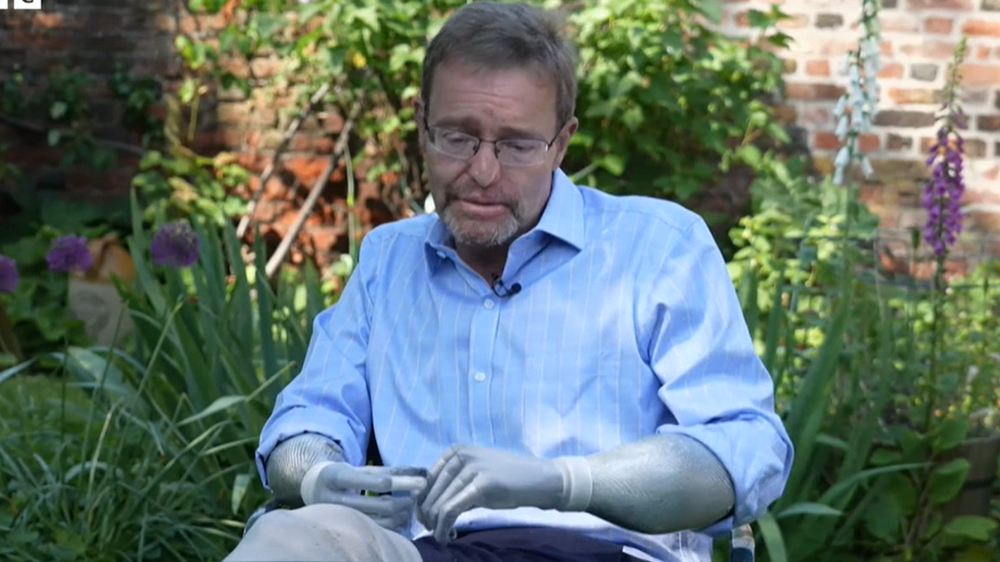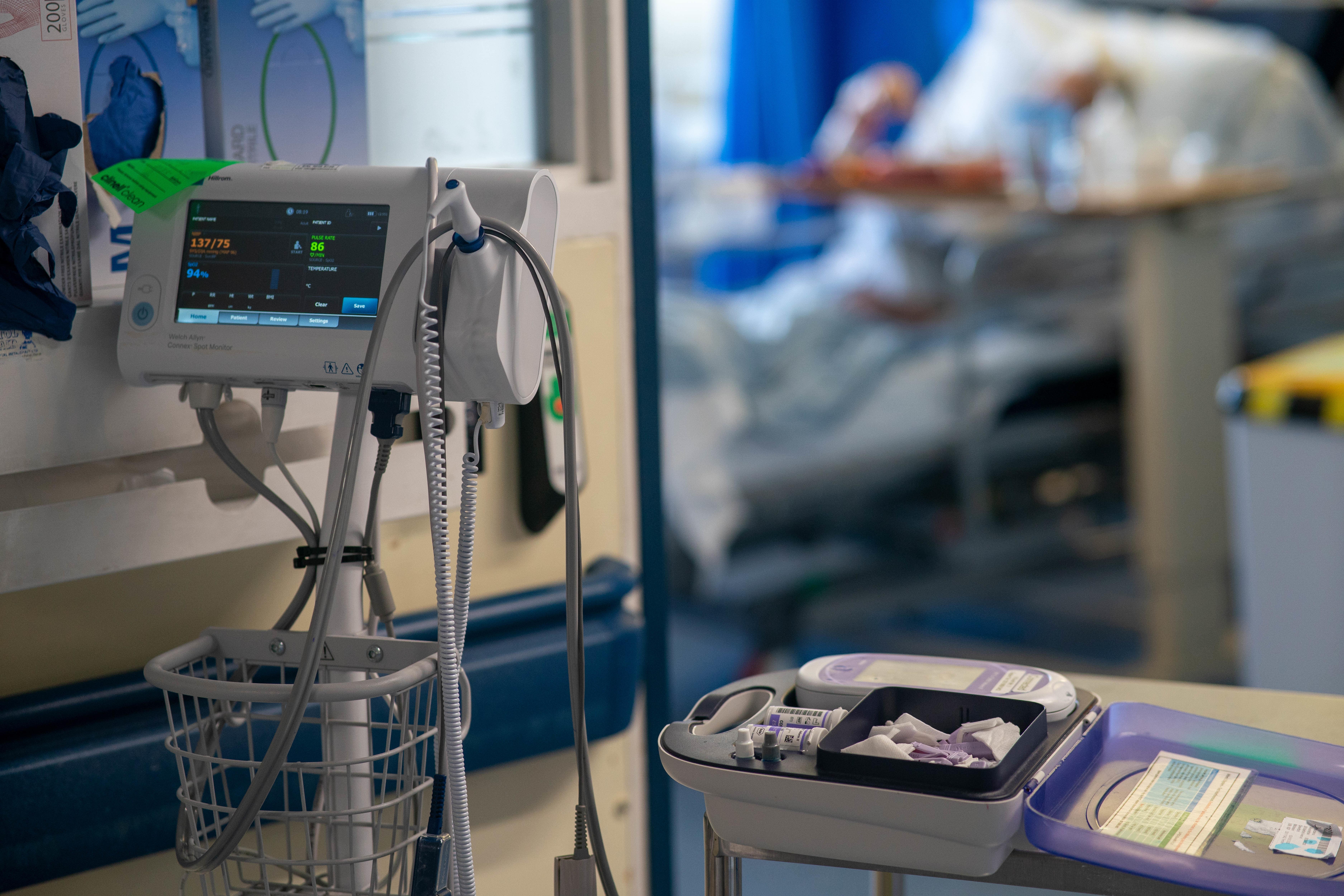
Conservative MP Craig Mackinlay has spoken of his sepsis ordeal that left him having his hands and feet amputated.
The South Thanet MP’s ordeal started on 27 September last year when he felt unwell and, despite testing negative for Covid-19, saw his condition rapidly worsen overnight. His wife called for an ambulance and Mr Mackinlay was admitted to a hospital in septic shock and put into a 16-day induced coma.
He said he had a survival chance of just 5 per cent and was transferred to St Thomas’ Hospital in London, where he underwent amputations on 1 December.
Mr Mackinlay said that he was “extremely lucky to be alive” and had had some “extreme surgery” as a result of the illness.
He said he was “stoic” when he was informed of the decision by doctors to amputate his limbs. “I haven’t got a medical degree but I know what dead things look like. I was surprisingly stoic about it... I don’t know why I was. It might have been the various cocktail of drugs I was on.”

But what is sepsis? Here we answer the most asked questions on the signs, symptoms and treatments.
How do people get sepsis?
Sepsis is a life-threatening reaction to an infection.
It occurs when the body’s immune system overreacts to an infection and starts to damage the body’s own tissues and organs.
Anyone with an infection can get sepsis. According to nhs.uk there are some groups who are more likely to get an infection which could lead to sepsis, including babies under one, particularly if they were born prematurely; over-75s; people with dementia; people with a weakened immune system; people with a genetic disorder that affects their immune system; people who have recently had surgery or a serious illness; and women who have just given birth, had a miscarriage or an abortion.
In the 245,000 people are affected by sepsis every year in the UK – including around 2,000 children.
Is sepsis deadly?
It can be fatal – in fact, the UK Sepsis Trust says five people die with sepsis every hour in the UK.
Around 48,000 people lose their lives to sepsis-related illnesses every year in the UK.
Sepsis warning signs
Sepsis can be very difficult to spot, but if it is caught early it is easily treatable.
In adults and older children, symptoms can include slurred speech or confusion; extreme shivering or muscle pain; passing no urine in a day; severe breathlessness; and mottled or discoloured skin and sometimes a rash that does not fade when you roll a glass over it.
In children, symptoms can include fast breathing; having a fit or convulsion; mottled, bluish, or pale skin; being lethargic or difficult to wake or if they feel abnormally cold to touch; a rash that does not fade when pressed; and a weak, high-pitched cry that is not like their normal cry.

Symptoms to look out for in children under five also include not feeding; repeated vomiting; and not passing urine for at least 12 hours.
Experts recommend that people with these signs and symptoms should seek help urgently and ask medics: “Could it be sepsis?”
How to avoid sepsis
People with sepsis need prompt hospital care because it can get worse very quickly.
Where sepsis is suspected, patients should be put on antibiotics within one hour of arriving at hospital.
If sepsis is not treated early, it can turn into septic shock and cause the body’s organs to fail.
People may need additional support in intensive care units – a ventilator to help them breathe or surgery to remove areas of infection.
Are there longer-term health implications for survivors?
Around two in five (40%) people who develop sepsis are estimated to suffer physical, cognitive, and/or psychological after-effects.
According to the NHS, people can continue to have physical and emotional symptoms which can last for months or even years after a person has had sepsis.







